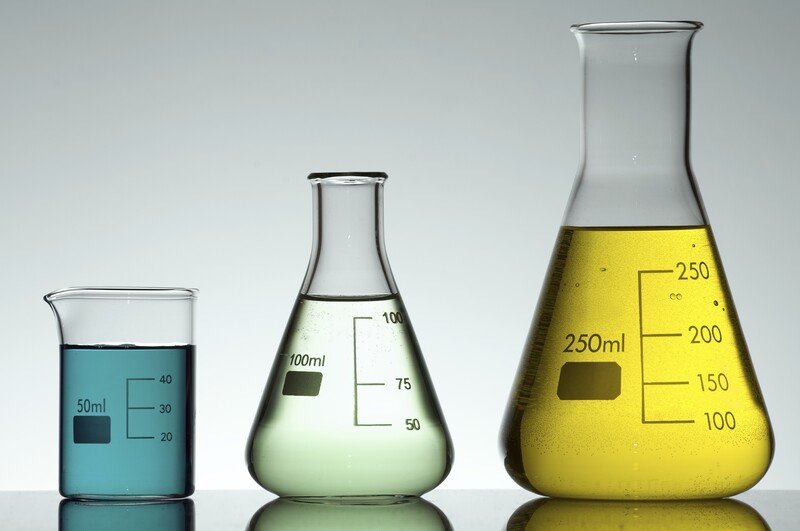Preserving food through pickling entails submerging food items in a solution of brine or vinegar, typically infused with an array of spices and herbs. This method is employed to conserve and enhance the flavor of diverse foods, including fruits, vegetables, and certain proteins such as cucumbers, beets, carrots, olives, asparagus, lemons, limes, eggs, sausages, ginger, and garlic. The selection of ingredients and additives in the pickling process contributes to a diverse range of outcomes.
Water: Water is a crucial element in pickling solutions, playing a key role in forming the brine or acidic environment essential for the preservation process.
Spices/Herbs: Spices and herbs play a vital role in elevating the flavor of pickled foods. Typical enhancements involve the inclusion of dill, garlic, mustard seeds, coriander, peppercorns, and bay leaves.
Salt (Sodium Chloride): Salt serves as a crucial component in pickling, aiding in the extraction of moisture from the food via osmosis. This process establishes an environment that hinders the proliferation of bacteria responsible for spoilage.
Sugar: Sugar is occasionally introduced into pickling solutions to harmonize flavors and diminish perceived acidity. While not functioning as a preservative in the same manner as salt and vinegar, sugar contributes significantly to the overall taste of the pickled product.
Vinegar (Acetic Acid): Vinegar serves as a prevalent acidic element in pickling solutions. The acetic acid in vinegar not only enhances the flavor but also functions as a preservative by reducing the pH of the solution. This adjustment creates an environment that deters the proliferation of harmful microorganisms.
Other additives for pickling include:
Polysorbate 80: In pickling, this emulsifier is occasionally employed to avoid the clouding of brine solutions, aiding in maintaining the clarity of the liquid.
Fruit Fresh: Fruit Fresh is a commercially available product containing both ascorbic acid (vitamin C) and citric acid. Its purpose is to prevent browning in fruits, particularly those like apples that are destined for pickling.
Calcium Chloride: In pickling, calcium chloride is occasionally employed to preserve the crisp texture of pickled vegetables, especially cucumbers. Functioning as a firming agent, it reinforces the pectin structure within the vegetables, ensuring they maintain their crunchiness throughout the pickling process. It is also recognized by the name “Pickle Crisp.”
Sodium Benzoate: In certain pickling recipes, this preservative is utilized to hinder the development of yeast and mold, particularly in sweet pickles.
Engaging in pickling is a delightful and fulfilling pastime that brings pleasure to both beginners and seasoned home cooks alike. The journey of turning fresh, seasonal produce into zesty and flavorful pickles encourages creativity and the exploration of diverse spice combinations. The gratification of unveiling a jar of homemade pickles, each infused with distinctive tastes and textures, imparts a personal touch to meals and transforms pickling into a rewarding and enjoyable culinary expedition.
Discover a wide array of these ingredients and additives at reasonable prices on Level7Chemical.com!
